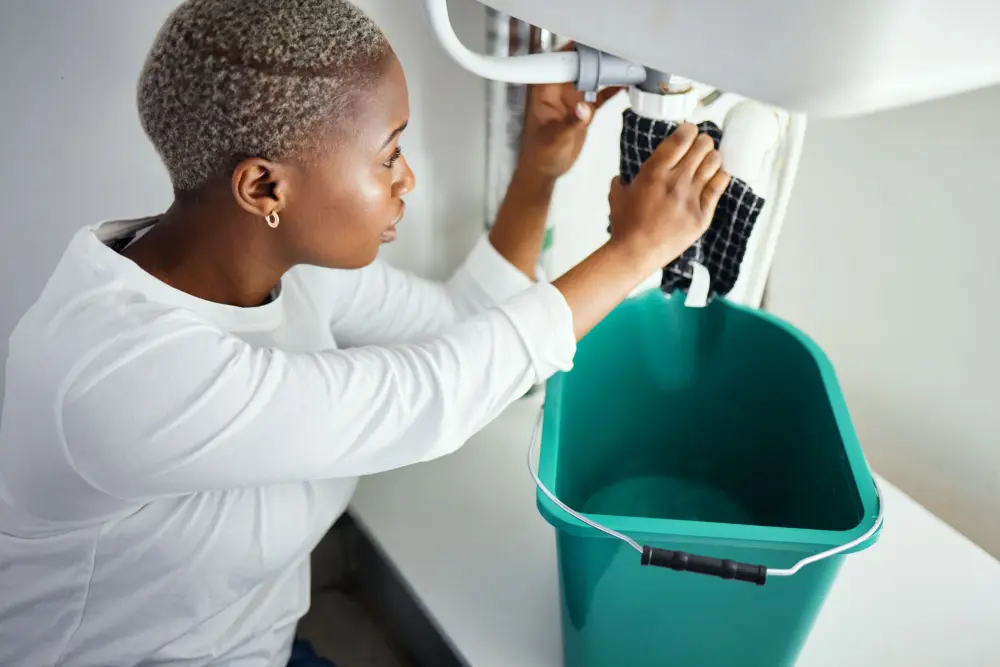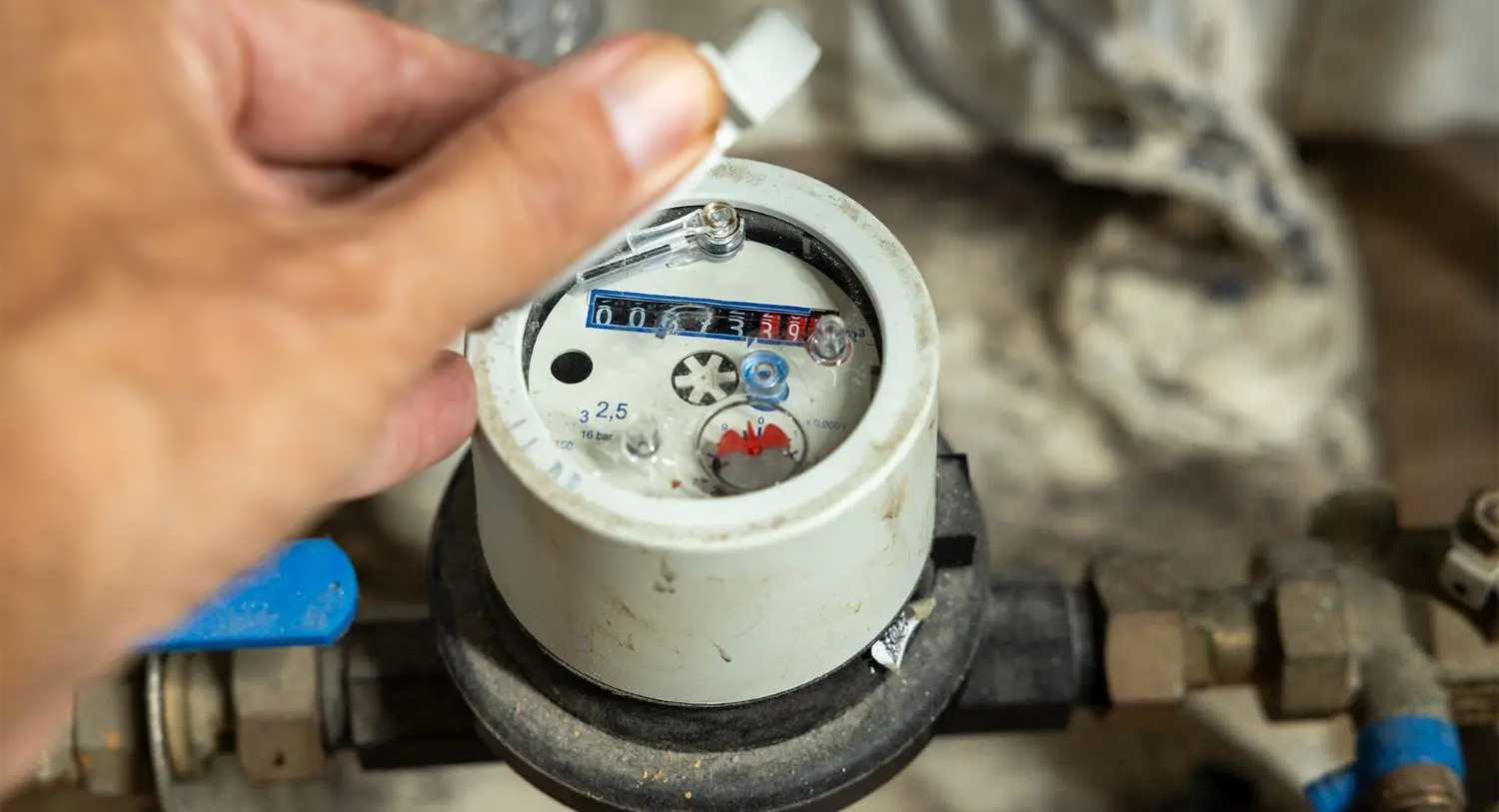If you're paying metered charges, we'll correct both water supply and wastewater charges to reflect the extra amount of water recorded because of the leak, once it has been repaired.
We normally re-calculate your metered charges based on your past water use. Where there is no record of your previous water use, we'll base the adjustment on the average use of a property of a similar type.
For metered customers, we'll adjust charges back to the previous bill.
For customers who have not previously received a bill, then the re-calculated charges will be back-dated to the beginning of the financial year.
There'll be no correction of charges if any of the following applies:
- Another leak happens after a correction for an earlier leak.
- You (or someone else living with you) caused the leak by acting negligently.
- You knew, or could reasonably be expected to have known, that there was a leak and you failed to repair it or tell us about it.
- The leak happened because of faulty pipes or fittings inside your home.
- You did not repair the leak within a reasonable period.
Notification of adjustment
If we can, we will tell you what the adjustment is over the phone. But we will also send you a letter confirming that we've adjusted your bill within a week of us taking the second reading from you.
Please note that we cannot give leak allowances if the leak was because of a faulty pipe or fitting inside your home.







